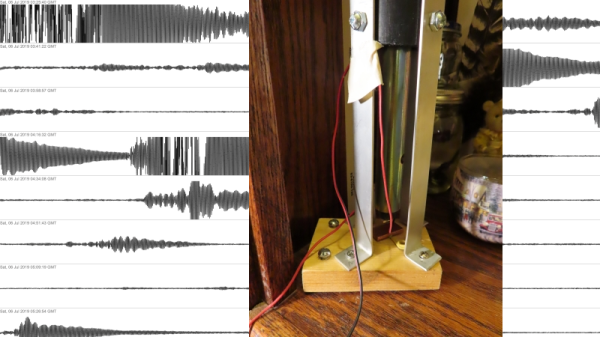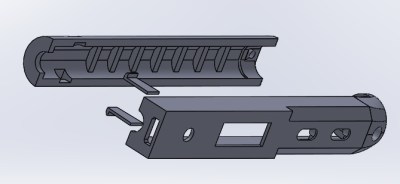When YouTuber MrBeast hit 20 million subscribers, it kicked off the promise to plant 20 million new trees by 2020. While seeming rather mad for a single person to attempt such a feat, the channel has begun an organized effort under the banner of ‘Team Trees‘. With many famous and less famous YouTubers and other online personalities pitching in, along with a number of companies and organizations, it seems like it’s not as far-fetched of an idea as it first seemed.
We’ve embedded MrBeast’s video after the break where you’ll also find a video by Mark Rober, who teamed up a company called DroneSeed, who use large flying drones to distribute seeds contained in nutrition pods over large areas. Their focus is on reforestation after large wildfires and other events that leave the land devoid of trees. Of course, this being seeds, it will take quite a while for results to become visible.
The impatient Canadians over at Linus Media Group figured that they’d rather plant tree seedlings at a breakneck pace, cobbling together a nitrogen cannon that fires a nutrition pellet into the soil, creating the hole for the seedling, or alternately firing the pellet and seedling into the soil in one go from the breach-loading cannon. Obviously the results from the latter method are decidedly more questionable, taking a bit chunk out of the about 300 seedlings they were planning to add to the local nature.
Regardless of the method chosen, any significant reforestation around the world could be a crucial part of reducing the global increase of atmospheric CO2, and the climate challenges this creates. With sources putting the total number of trees in the world today at about 3 trillion, 20 million more doesn’t seem like a lot, yet techniques we’re learning today to speed up the process of reforestation might play a major role in the near future.
Continue reading “Planting 20 Million Trees, Using Drones, Cannons, And More Unconventional Ways”


















